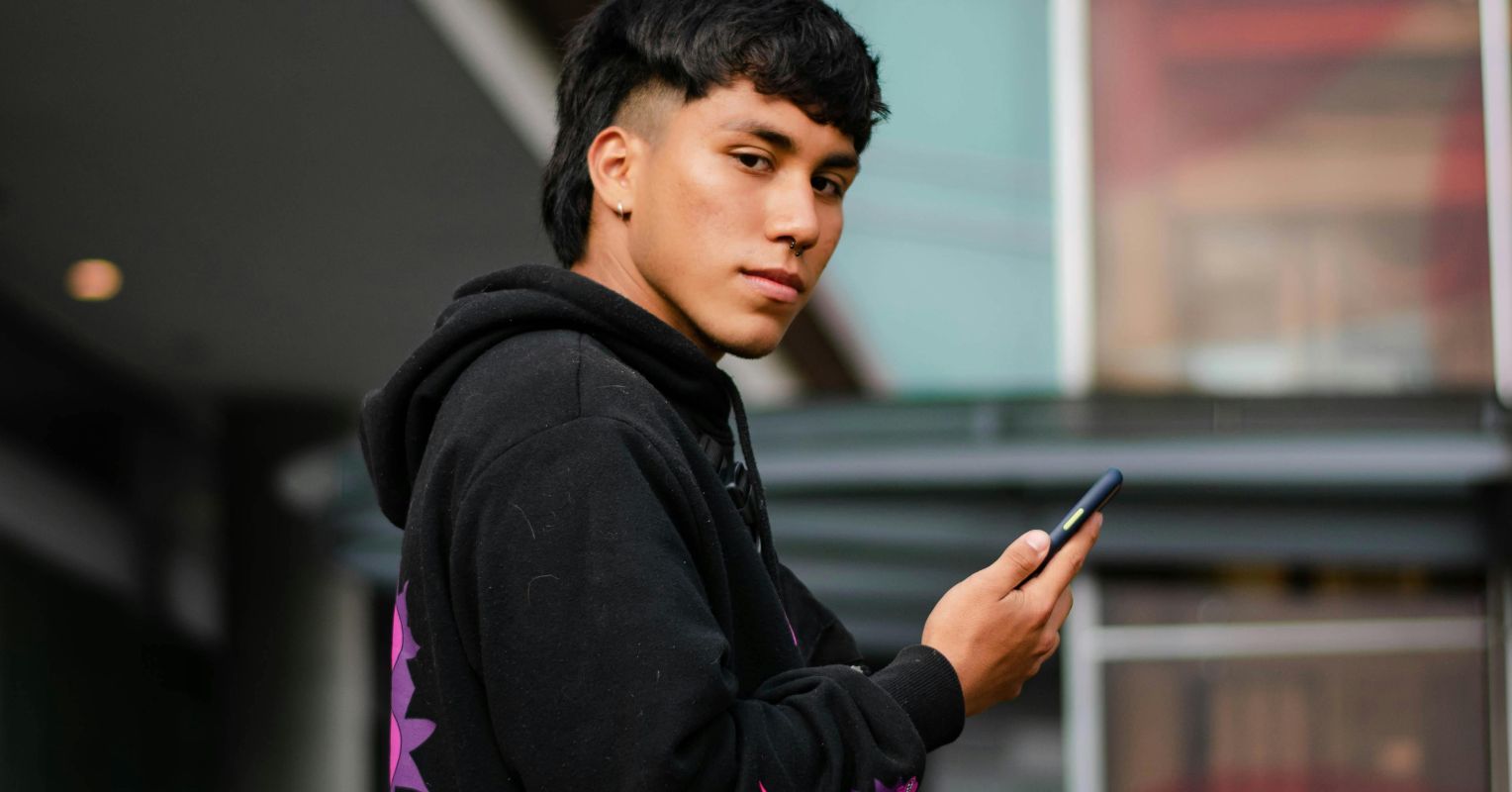Approaching the concept of mindfulness with teenagers may not always be a smooth journey. As many adults have discovered over the years, the response can often be met with the ubiquitous eye-roll from the younger generation. However, this doesn’t mean that teaching mindfulness is a hopeless endeavor. In fact, with a few tips and tricks, you could successfully engage teenagers and make mindfulness more approachable and less eye-roll-worthy.
To start, let’s begin with Relevance. It is essential that any mindfulness practices aim at being relevant to the teen lifestyle. While it’s common for many adults to associate mindfulness with mental well-being and stress management, it’s crucial to bear in mind that teens may perceive these concepts differently. Mental health stigma might hinder them, or their list of priorities might not include stress management. Therefore, in teaching mindfulness to teens, relevance to their real-life experiences is our first critical “R”.
Next up is Recreation. Teens engross in a multitude of recreational activities, ranging from sports and art to music and gaming. Eyeballing an element of mindfulness here can be helpful. For example, mindfulness can be presented as a tool that can help improve their performance, build their creativity or even intensify their focus in their cherished recreational activity.
Our third “R” is Role Models. The influence of celebrities and role models on teenagers is profound, and leveraging this power can be beneficial. Have you heard about well-known figures like Leo Messi, Simone Biles, LeBron James, Earl Sweatshirt, J Cole, and Drake practicing mindfulness and meditation? Sharing these real-life examples can serve as an effective medium to introduce mindfulness to teens.
The fourth “R” stands for Relationships. The importance of an authentic and trusting relationship between the teen and facilitator should not be understated. It’s in their nature to spot insincerity, and trust plays a crucial role in how receptive they’re to what you’re trying to teach them. Additionally, the significance of peer relationships in a teen’s life can never be overstated. Mindfulness, while never a route to instantaneous popularity, can aid in cultivating a present and empathetic attitude in teens, making them more likable to their peers and teaching them skills they can share with friends who might be going through challenges.
Lastly, think about the notion to Roll with it. Yes, the idea is to introduce mindfulness to any situation. Embrace any sarcasm or resistance, but also show them the fun side of mindfulness – ask them questions like, how it feels to mindfully do an eye roll or to giggle; how do they know when they’re bored, and what happens in their body or minds in that instance? Sometimes this playful approach will work and win their interest, other times it might not, but the idea is to keep on rolling and persisting.
It is important to remember there is no blueprint to successfully introduce mindfulness to teenagers – it needs to be a tailored and patient approach. The key is to remain consistent, flexible, and create a space that feels safe and sincere. This doesn’t mean that initial skepticism will immediately vanish, but with persistence and with the help of these tips, you might find yourself getting past the eye-rolls smoothly.



